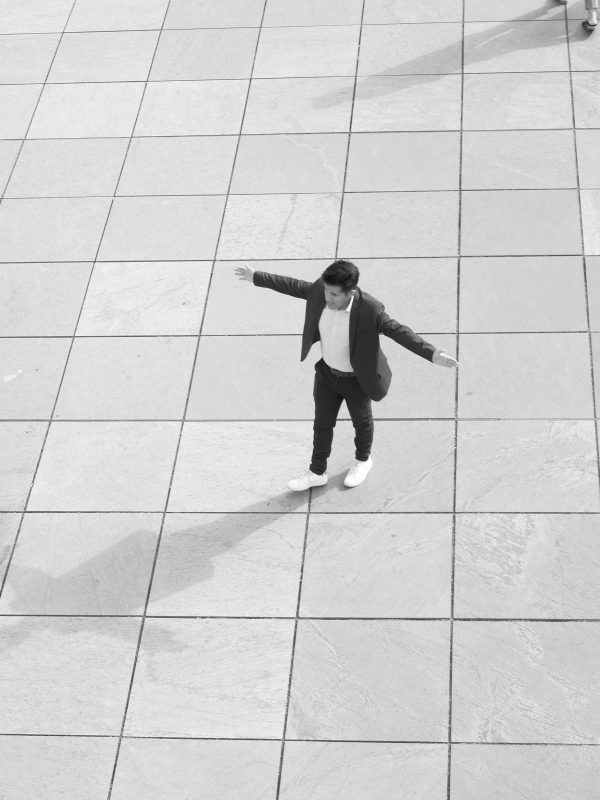Street photography is very important subject in my creative and artistic journey. For me it is a spiritual practice as well. It shaped the way how I approach my people photography today.
How street photography influenced my photographic work
Street photography as a genre exist for about 100 years now. It is experiencing a renaissance in this digital age.
No matter what I did in my life, which ever job I had, photography always played a major role to me. Not as my occupation or as a part of my daily work but as something that I love doing that is my true passion and that gives me a deeper joy and a sense of fulfilment.
As a teenager I discovered the work of Garry Winogrand and Lee Friedlander. They inspired me and showed me that photography could be more than just a snapshot for the family album.
I implemented the idea of capturing candid moments, the everyday life of everyday people into my travel photography and started to look for the odd situations the objects that could be easily overlook instead of taking a picture of the Acropolis to proof that I was there.
My philosophy behind street photography
That was before I got into people photography. Still, this way of shooting influences my way of taking pictures today. I like being the observer and the documentarist of what is happening infront of my camera.
“One eye of the photographer looks wide open through the viewfinder, the other, the closed, looks into his own soul.” – Henry Cartier Bresson
By taking pictures I engage with my environment. For me taking pictures is my way of dealing with the world and an attempt to understand life and myself better.
The painter Gerhard Richter: Painting is my way of thinking.
Or the author Paul Coelho: I write to understand my soul.
Why does street photography matter today
More than half of the world’s population lives in cities today. Most cities (like Berlin for example) are designed in the industrial age (in its today’s shape) and for the needs of the industrial age. They were built with the idea in mind to organize the stream of goods and labours to the stores, offices and factories to generate profits, to make a home for the arts and entertainment, to support the government.
But these are not the needs of the people today. In the digital age we have a distributed workforce, shopping and entertainment move to an online realm. People are looking for different way of living and connecting with each other.
What is the purpose of the city.
The answer to this is not completely clarified yet. We formulate the answer as we move along.
Cities can be and will be modelled by their citizens.
Taking pictures is my way of finding an answer to this question. I am observing the people and how they reclaim the public space, make it their own. And so, I am examining how to make the city a place that serves my purpose and make it a place that I want to ive int.
Two guiding principles to approach street photography
City-schetches
There are different ways to approach street photography. You may heart of the terms the hunter and the fisher.
My preferred method of taking pictures is like painter would make a painting. I pick a spot where I would like to shoot and choose a topic or a theme for the shooting.
There are a wide range of possible topics and themes
- Personas of the city: the tourist, the local, the commuter, …
- Lines and patterns
- Typical objects of the city and the urban life: public transport, …
- Signs and billboards
- Lights and reflections
Shooting with an analogue mindset
Back in the days when I was shooting film, I didn’t have the possibility to instantly check our pictures. I had to wait until the film was developed to see the results. Usually that took a couple of days.
Also, I didn’t have very much storage for our pictures. A typical role of film consists of 36 pictures.
I had to be mindful about what we shoot. This taught me three things: Be patient. It will take time until the right moment for taking the image emerges. Be confident. When the moment is there, I have got to be fast, don’t think and take the image. Accept failure. Of course, I would miss a shot. If I was lucky, I had the chance to have a second shot, but in most cases the moment had passed.
Benefits of street photography
Making up my mind before I shoot and make a conscious decision about what I am going to shoot has these effects:
I am priming myself to notice the things I would like to shoot. Which leads me to discover opportunities I would have missed otherwise.
My decision gives me guidelines of what not to shoot – what is even more important, because it is always tempting to be a flaneur and to take a snapshot of someone passing by who looks interesting. But with a clear framework in my mind, I can pause for a moment and ask myself if this picture will fit in to today’s theme.
The amazing result of these effects, I create series of pictures that are connected and forming a common theme and having a kind of a story – its own narrative.
Shooting street photography also helps me to improve my skills. It trains me to see and my photographic eye.
It improves my composition skills and my storytelling skills: I am putting elements together that are loosely connected and create a context that implies a meaningful relationship that wasn’t there before.
Go out and shoot
None of this are rules. But applying this practice allows the unconscious mind to do its magic. And that leads me often to surprising results that I haven’t intended in the first place.

